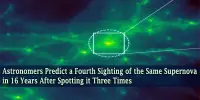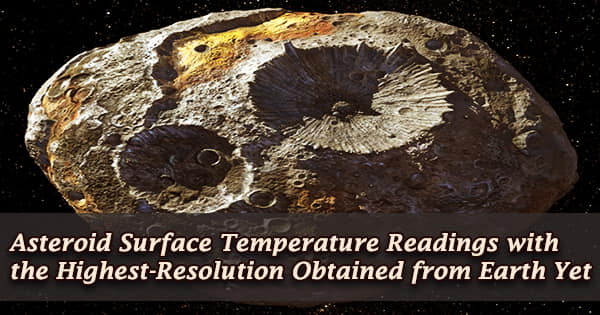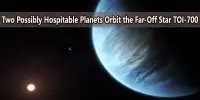For installation on the Lunar Pathfinder spacecraft, the first satellite navigation system (SatNav) receiver created for lunar orbit has been delivered to satellite manufacturer Surrey Satellite Technology Ltd in the UK.
The NaviMoon satnav receiver from SpacePNT in Switzerland, the low noise amplifier created by EECL in the UK, and a four-helix antenna (left, in the glass box) are all components of the complete navigation payload visible here. Both the satnav receiver and amplifier underwent manufacturing and environmental testing campaigns through EECL.
The payload uses cutting-edge processing and navigation algorithms to fix the spacecraft’s position, velocity, and timing in lunar orbit in real time. The payload is designed to boost and analyze weak terrestrial Global Navigation Satellite Signal (GNSS) signals from more than 400 000 km away.
A lunar Laser Retroreflector Array (LRA) (right), created by NASA in collaboration with ESA, completes the system. It is made up of 48 mirrored retro-reflectors, allowing for centimeter-scale laser ranging of the spacecraft as it orbits the moon in order to verify the accuracy of the experiment’s satnav receiver position fixes.
The Lunar Pathfinder mission from SSTL, which is scheduled to launch in late 2025, will act as a communications relay satellite for subsequent moon missions. It will support equipment on the nearside and farside, and it will orbit in a ‘elliptical lunar frozen orbit’ to provide extended coverage over the South Pole, a particular area of interest for subsequent exploration.
In addition to NASA, who will utilise Lunar Pathfinder’s services as part of its Commercial Lunar Payload Services (CLPS) project on the CS-3 Firefly Blue Ghost 2 mission, ESA is the mission’s primary customer.
This achievement stems from the hard work and dedication of the whole team. It is immensely rewarding to have this once-in-a-lifetime opportunity to pioneer autonomous lunar navigation with our NaviMoon receiver.
Michele Scotti
Lily Forward, SSTL systems engineer and Spacecraft Lead for Lunar Pathfinder, comments: “SSTL is thoroughly looking forward to not only being part of this historic joint venture between ESA and NASA but also being part of the first CLPS task order to fund the transfer of both a landing and orbital asset to the moon.”
Cyril Botteron, CEO and Co-founder of SpacePNT, says, “This will be for the team the culmination of a long development that we started nearly 10 years ago at Ecole Polytechnique Fédérale de Lausanne (EPFL), with the development of a first proof of concept prototype of a super high sensitivity GNSS receiver suitable for moon missions.”
Michele Scotti, Technical Manager at SpacePNT, adds, “This achievement stems from the hard work and dedication of the whole team. It is immensely rewarding to have this once-in-a-lifetime opportunity to pioneer autonomous lunar navigation with our NaviMoon receiver.”
If successful, future moon missions would be able to successfully navigate through the cislunar environment, fixing their position independently and in real-time using GNSS, with an accuracy better than 100 m, without the need for expensive terrestrial infrastructure.
“This may become a practical way for lunar missions to autonomously determine their own orbits, and also to perform time reference transfers between Earth and the moon,” explains Javier Ventura-Traveset, Moonlight NAV manager leading ESA’s Navigation Science Office and coordinating all ESA lunar navigation activities.
“To validate the satnav results, the Lunar Pathfinder spacecraft will also perform concurrent X-band radio and laser ranging during the GNSS experiment windows. This will allow to test and combine three ranging technologies at once GNSS, radio and laser ranging which has never before been performed from lunar orbit.”
Pietro Giordano, Radio Navigation System Engineer and technical officer in charge of the receiver notes that “by demonstrating critical technologies required for precise lunar navigation, our Navigation Experiment Payload has the potential to revolutionize the way satellites are operated in cislunar space.”
This week’s official Delivery Review Board successfully determined that the cargo is prepared to board Lunar Pathfinder.
















